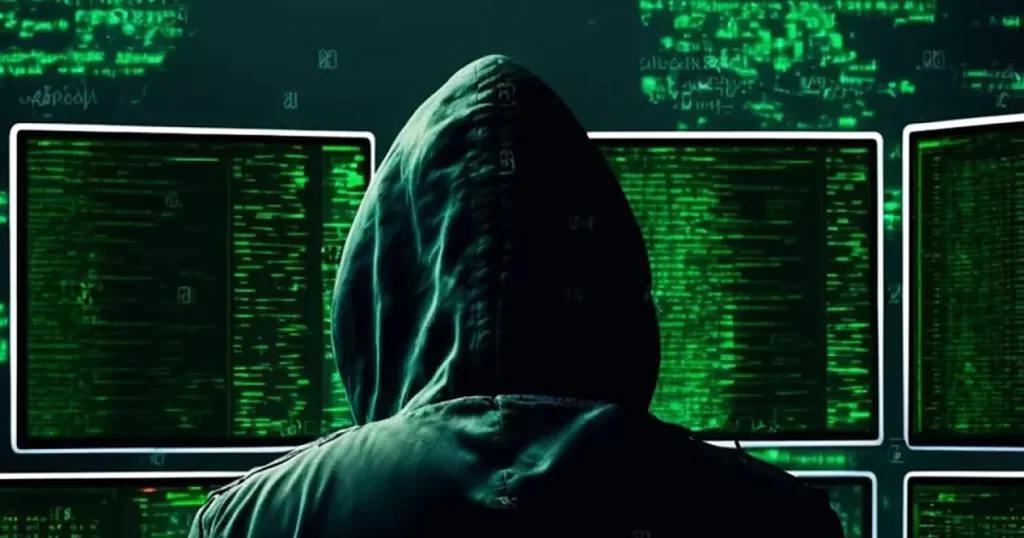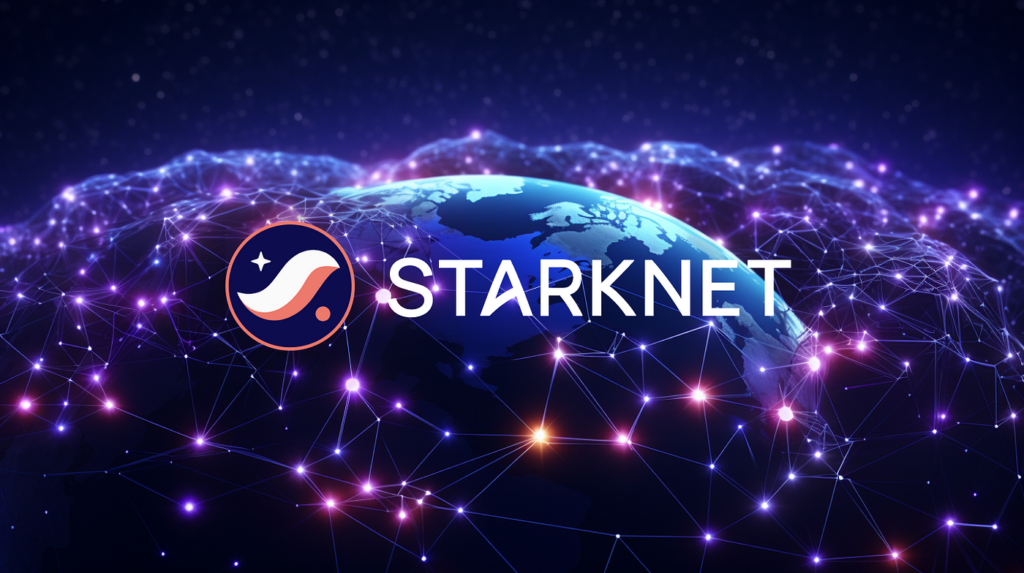Crypto privacy protocol Railgun has successfully thwarted Inferno Drainer’s recent attempt to launder stolen funds.
On July 10, MistTrack reported on X that Railgun had blocked a July 9 attempt to launder over 174 Ether (approximately $533,000).
This forced the stolen ETH to be returned to Inferno’s original wallet address.
Alan Scott Jr, a Railgun contributor, explained to Cointelegraph that Inferno’s attempt to exploit the Ethereum-based privacy protocol was halted by Railgun’s automated private proofs of innocence (PPOI) system.
Scott said, “The tokens could only return to the attacker’s address — they were not welcome in RAILGUN.”
He elaborated that the PPOI system ensures that tokens sent by malicious actors can only be returned to the initial shielding wallet.
“This is part of PPOI. This technology is brand new, but this is a great example that shows it works.”
Railgun, established in January 2021, employs zero-knowledge (ZK) cryptography to obscure wallet balances, transaction history, and details.
This allows users to interact with decentralized apps (DApps) on Ethereum or other supported chains privately.
Railgun’s PPOI system, launched in January 2023, ensures that tokens entering the Railgun smart contract are not associated with known undesirable transactions or actors.
READ MORE: Mt. Gox Begins Long-Awaited Bitcoin Repayments, Sparking Market Volatility
Users must create a ZK-proof demonstrating their funds are not part of a pre-set list of transactions and wallets.
Scott detailed that the PPOI system detects transactions linked to malicious actors and blocks them from being processed through the protocol.
The only option for the sender is to return the tokens to the original address.
“That transaction flow remains trackable, and attempting to use Railgun provides zero privacy to that actor,” he stated.
Inferno Drainer has stolen over $180 million in crypto from over 189,000 victims since its inception in August 2023, according to Dune Analytics data.
In April, Railgun refuted claims by independent crypto reporter Colin Wu, who alleged the protocol had been used by the North Korean hacking group Lazarus.
Despite blockchain security firm Elliptic labeling Railgun a “prime alternative to Tornado Cash” after U.S. sanctions against the crypto mixer, Ethereum co-founder Vitalik Buterin has defended Railgun, asserting that privacy is “normal.”
To submit a crypto press release (PR), send an email to sales@cryptointelligence.co.uk.










